Epworth Sleepiness Scale
by | Last Updated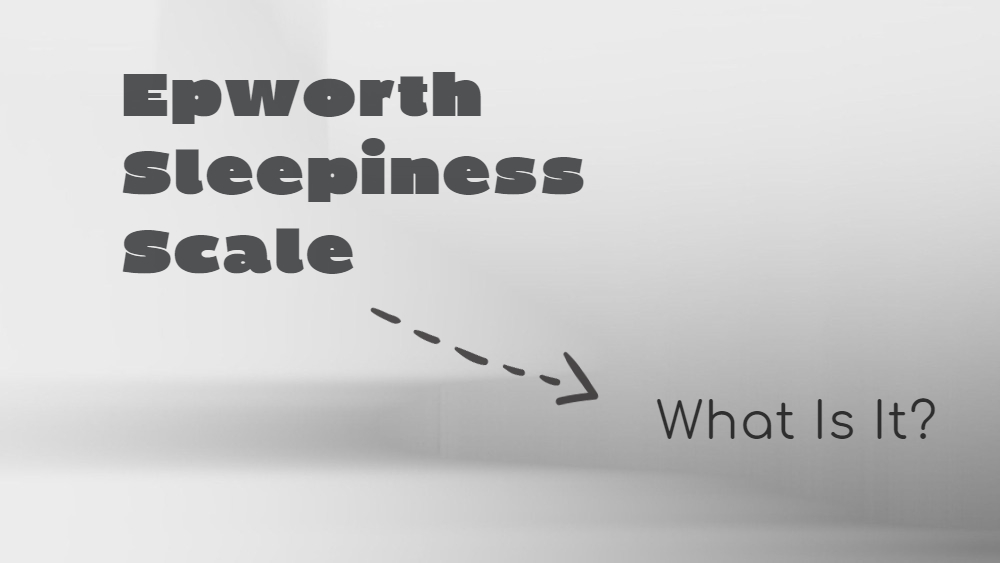
A key symptom of many sleep disorders is excessive daytime sleepiness. However, its severity may vary.
In order to clarify the symptoms, doctors suggest that patients undergo various tests and fill out questionnaires related to the subject of their complaints.
In the case of determining the degree of daytime sleepiness, the gold standard is the Epworth sleepiness scale. Here’s what it is and how it is interpreted.
What Is the Epworth Sleepiness Scale?
This scale was invented in 1991 by Dr. Murray Johns of Epworth Hospital in Melbourne, Australia.
To fill in the questionnaire, a patient must rate their chance to fall asleep in the following theoretical situations:
- sitting and reading;
- watching TV;
- sitting inactive, in a public place;
- lying down to rest in the afternoon when circumstances permit;
- sitting and talking to someone;
- sitting quietly after lunch without alcohol;
- as a passenger in a car for an hour without a break;
- in a car while stopped for a few minutes in traffic.
A patient needs to choose how likely he or she will doze off in these situations based on a scale from 0 to 3:
- 0 — no chance of dozing;
- 1 — slight chance of dozing;
- 2 — moderate chance of dozing;
- 3 — high chance of dozing.
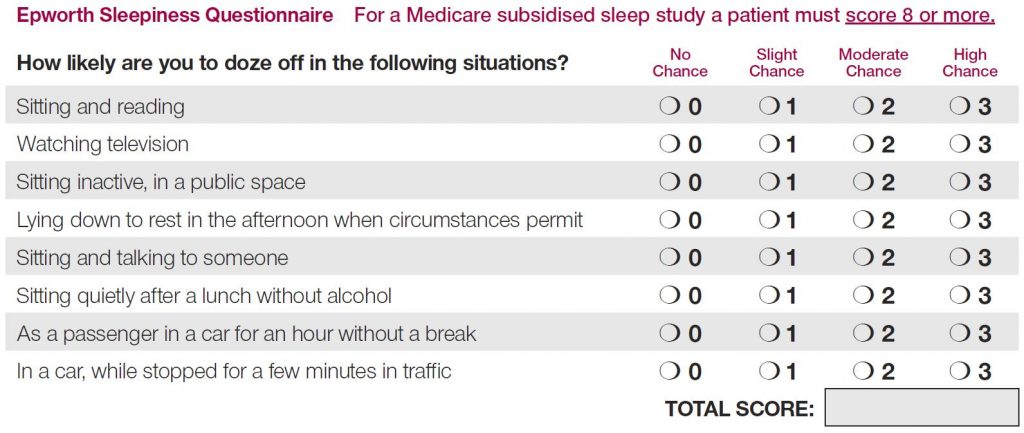
How to Interpret Epworth Sleepiness Scale Scoring?
After the patient marks all the answers, the doctor will calculate the total score and move on to the Epworth sleepiness scale interpretation.
Total score varies from 0 to 24 points and is divided into several clusters:
- 0-7: you most likely do not have excessive daytime sleepiness (which means, you’re healthy);
- 8-9: the average amount of daytime sleepiness (may occur after the occasional sleepless night);
- 10-15: mild to moderate excessive sleepiness (medical consultation and treatment are recommended);
- 16-24: severe excessive daytime sleepiness (medical consultation and treatment are highly recommended).
Higher Epworth scores are most likely for such disorders as obstructive sleep apnea and narcolepsy, and there is a direct correlation between the total score and the severity of these conditions. However, additional examinations — such as polysomnography or multi latency sleep test — are recommended for further clarification.
Does the Epworth Scale for Sleepiness Have Any Limitations?
Despite the fact that ESS is a simple way to measure excessive sleepiness, there are still some limitations of its applicability:
- It should not be used in isolation. This is especially important in cases of possible legal effects, such as revoking or granting driver license.
- It cannot be used to predict the possible effects of excessive daytime sleepiness a few hours after the test (i.e. drowsy driving).
- It is not applicable to patients with severe cognitive impairment.
- It is not suitable for monitoring sedative drug effects or tracking daily sleepiness cycles.
The main limitation of ESS is its subjectivity. Subjective reports are very dependent on the human factor. Therefore, for a more detailed determination of causes of excessive daytime sleepiness, it is recommended to use this scale along with more specific examinations.

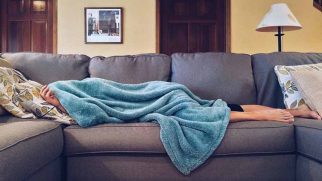
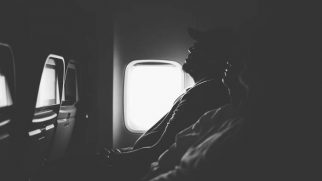

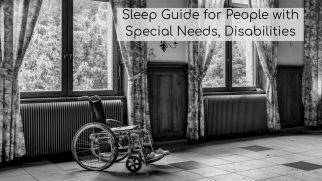
No Comments